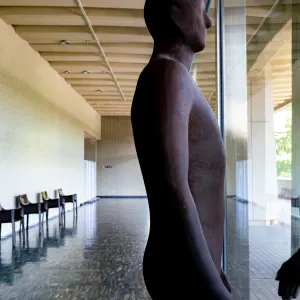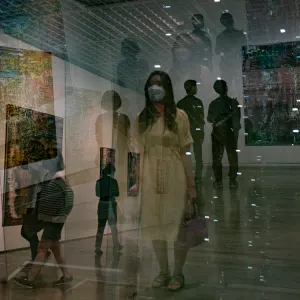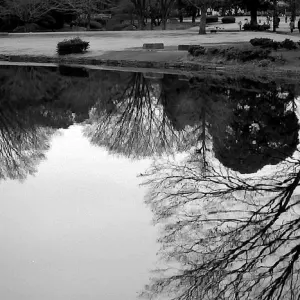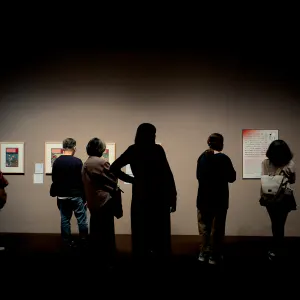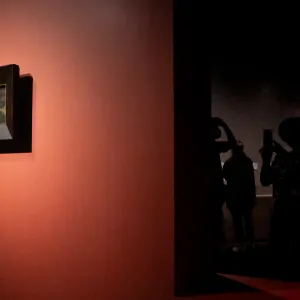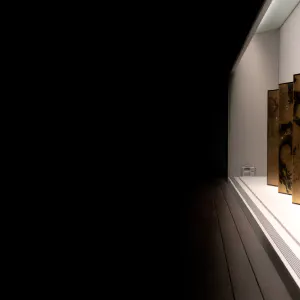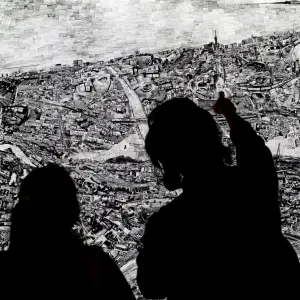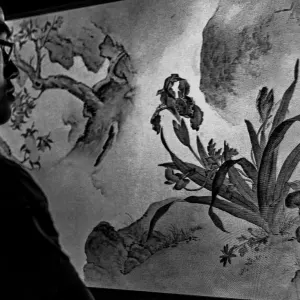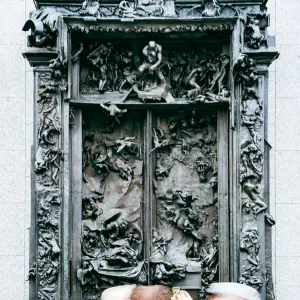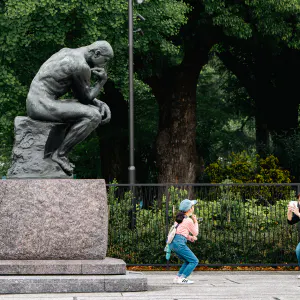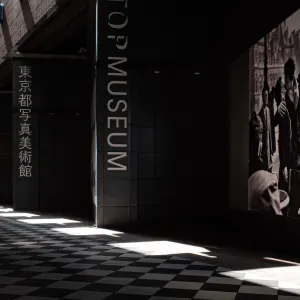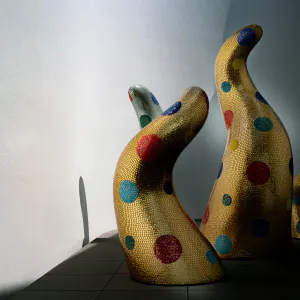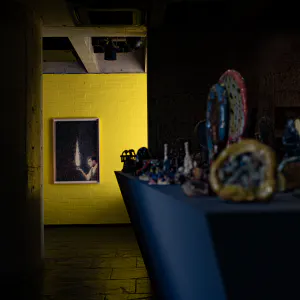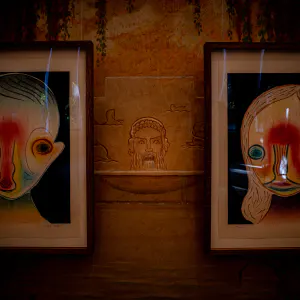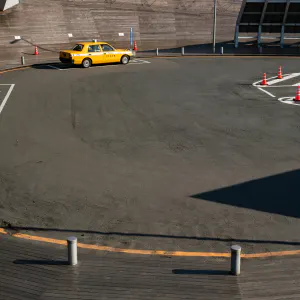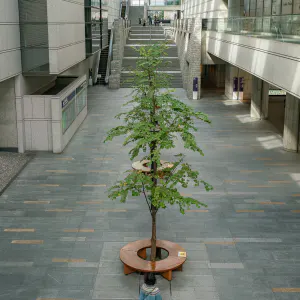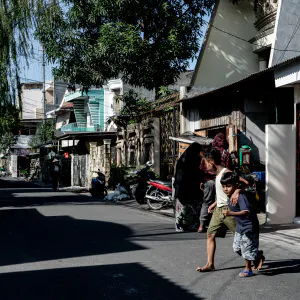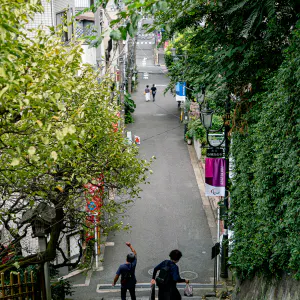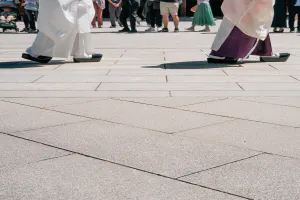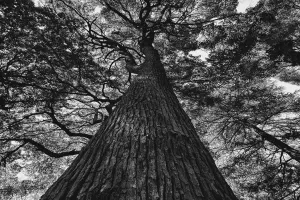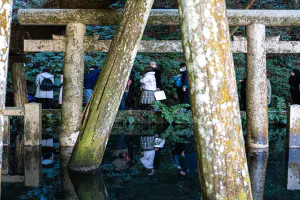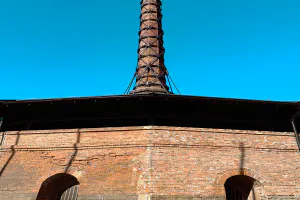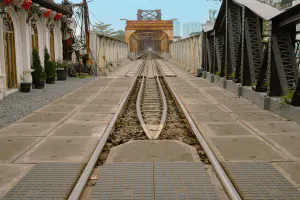The legendary photographer Takuma Nakahira, who is said to have changed the face of photography in Japan, was being held for the first time in about 20 years at a major retrospective exhibition

As I was visiting the National Museum of Modern Art in Takebashi, Tokyo, to see the Takuma Nakahira exhibition, it occurred to me. What is the difference between modern and contemporary art? I am at the National Museum of Modern Art, but there is also the Museum of Contemporary Art Tokyo in Kiba. Both are art museums, but I wondered how the Museum of Modern Art and the Museum of Contemporary Art are separated.
If I assume that the word “modern” refers to the “present era, the present world, or the present day," and “modern” refers to a period slightly before the present, I am curious to know where the boundary lies. Interestingly, the boundary differs depending on the period and place. In Japanese history, the period from the Meiji Restoration to the end of World War II is considered “modern” and the period after that is considered “contemporary,” while European history has long been divided into “modern” and “contemporary” periods, with the end of World War I as the boundary. More recently, there is a view that the 1989 revolution in Eastern Europe is the boundary of “modern” and “contemporary". In other words, it is not clearly defined.
Given that the boundary between “modern” and “contemporary” is not clear, it is not surprising, in a sense, that the National Museum of Modern Art covers a wide range of artworks. While the collection includes works from before World War II, it also houses works by so-called contemporary artists such as Takashi Murakami, and it has held a solo exhibition of Gerhard Richter, another contemporary artist. It may make a little more sense to think of the museum as being a little more modern than it is, even though it calls itself modern. However, the distinction between “modern” and “contemporary” is still a bit muddled.
| Sep 2024 IN THE CITY TOKYO | |
| ARTWORK KITANOMARU PARK MUSEUM SILHOUETTE |
PHOTO DATA
No
12655
Shooting Date
Mar 2024
Posted On
September 23, 2024
Place
Kitanomaru Park, Tokyo
Genre
Street Photography
Camera
RICOH GR III
